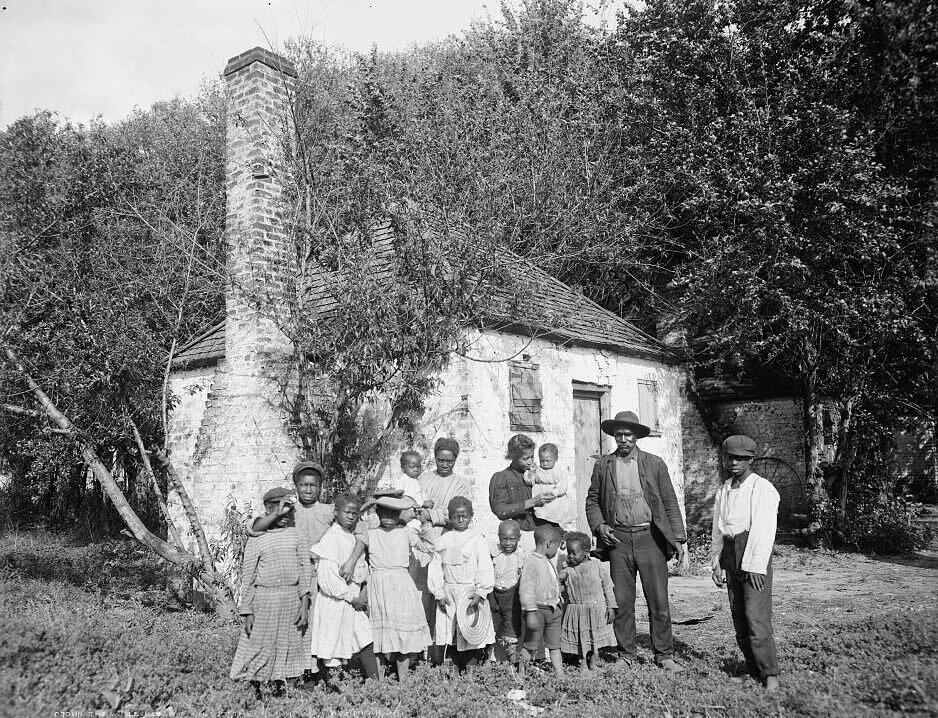Saving Slave Houses
Iowa Architect, Jobie Hill, is Saving Slave Houses and this is why:
Slave Hospital at Retreat Plantation, Glynn County, Georgia 1934.
“A positive cultural shift in acknowledgment of the legacy slavery in America seems to be gaining some momentum. It is vital for our national self-worth to give a voice to enslaved individuals and to recognize and present authentic and truthful accounts of slavery,” Hill says about preserving the houses.
“Stories of enslaved people, told in part by the houses they inhabited have the capacity to facilitate our nation’s efforts to collectively move forward from the legacy of slavery. In order to stimulate this momentum, assumptions made about the interpretation and preservation of the living and working environments of enslaved people need to be challenged and the methodologies used to research and interpret those environments need to be updated.”
Slave house in Prince William County, Virginia 1959. The Library of Congress.
With companies making Juneteenth an official paid holiday, there seems to be a positive cultural shift in acknowledging of the legacy slavery in America. And although we still have much work to do, Hill is convinced that these stories of enslaved people, told in part by the houses they inhabited, have the capacity to facilitate our nation’s efforts to collectively move forward from the legacy of slavery.
One of the most important components of the Saving Slave Houses project is the “Slave House Database.” According to their official website, The Slave House Database (SHD) is an interdisciplinary national study of slave houses in the United States. Through the SHD project a vast array of information about slave houses is collected and housed in a centralized repository.
A family standing in front of former slave quarters at the Hermitage Plantation in Savannah, Georgia. The Library of Congress.
The SHD is a flexible and dynamic tool that has the capacity to yield diversified information about slave houses that can be tailored to a user’s desired outcome. The SHD is designed to be a resource for researchers, descendants, museums, organizations, and the public to study and interpret the surviving evidence of slavery. The SHD is a way to preserve and study the important, but largely lost, slave house.
View “then and now” pictures of slave houses here.


